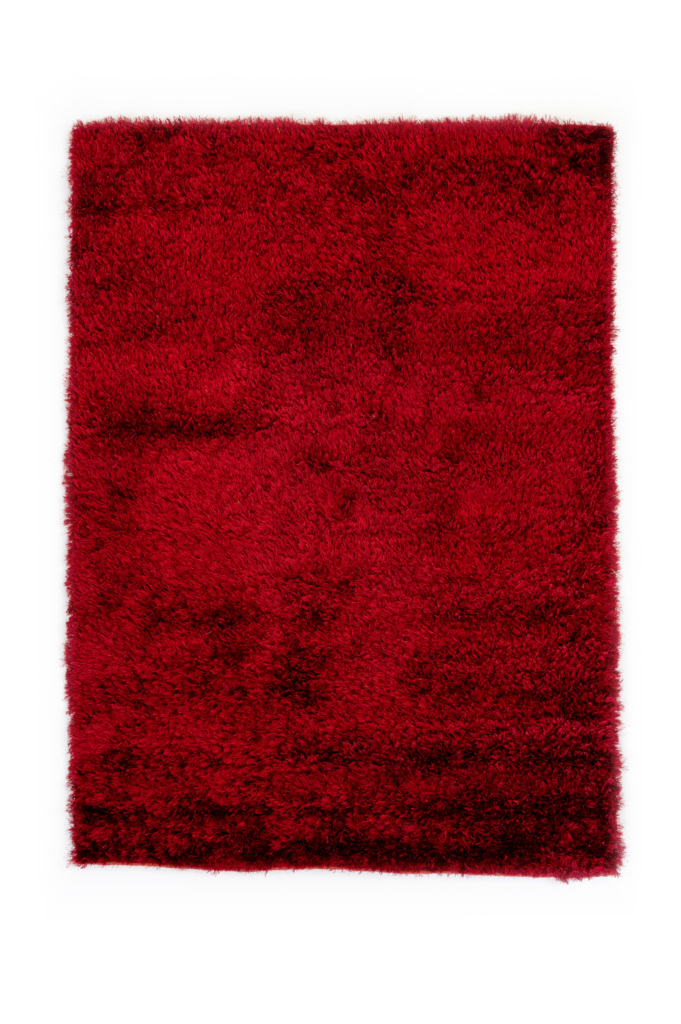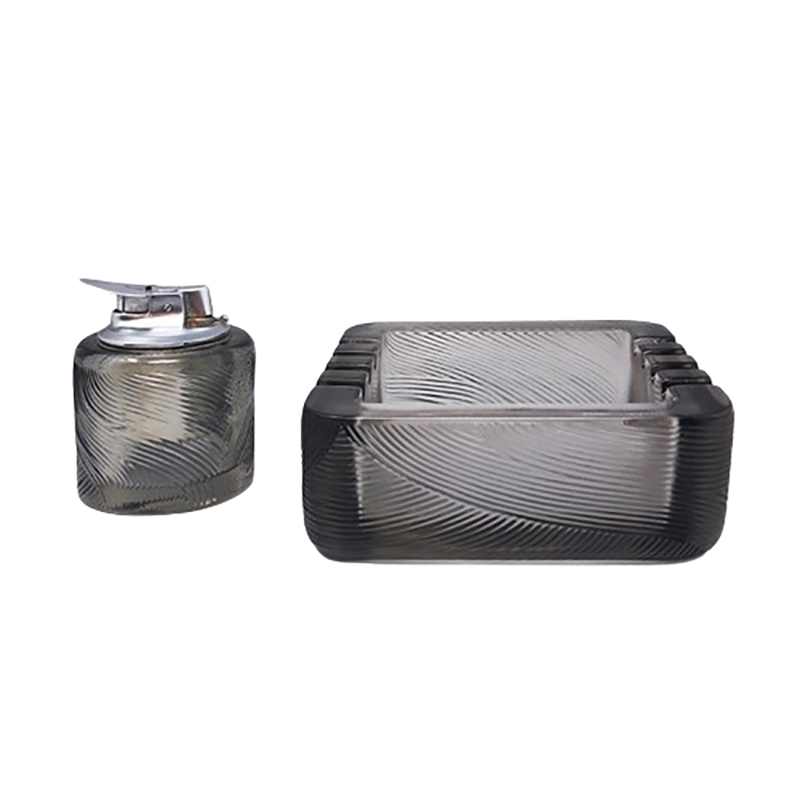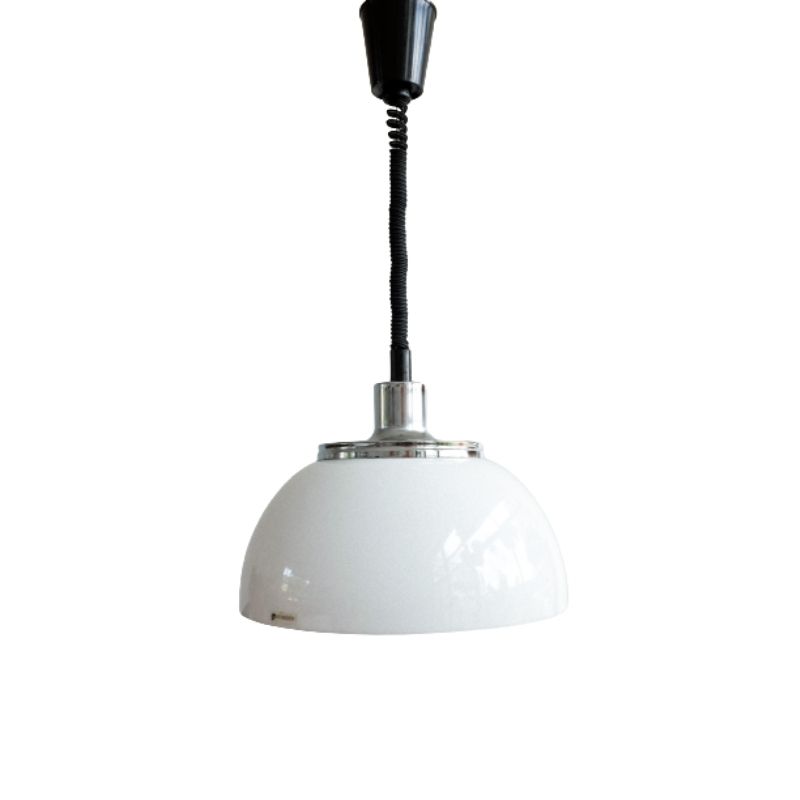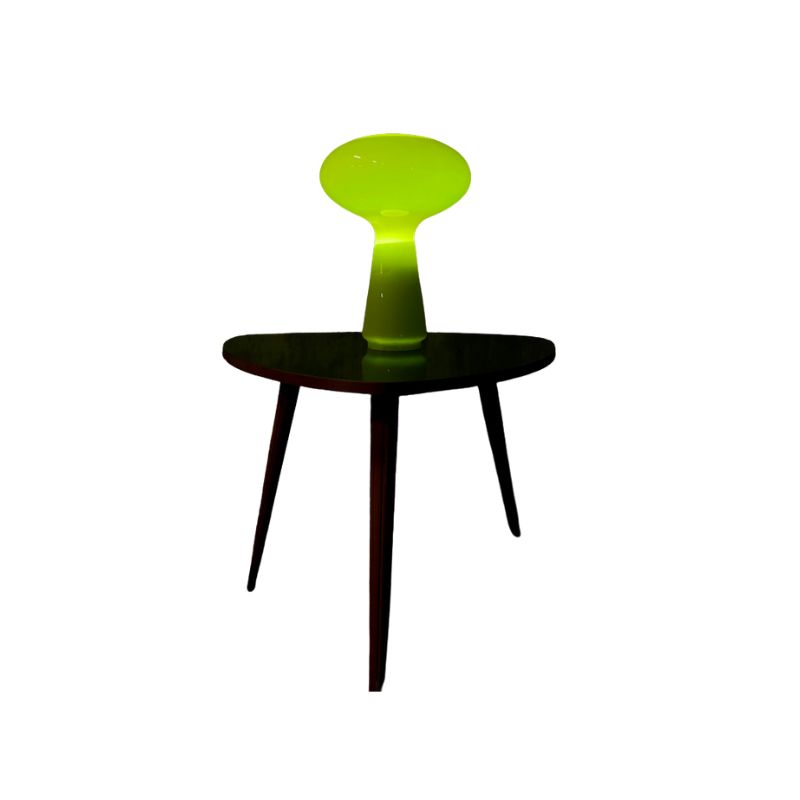Well aware that others hate it, I almost always recommend a good-quality paste wax over an existing finish. Easy to apply, renew, and remove. Never had an issue with finish incompatibility nor water spots that couldn't be buffed out. I like to think of it like regular oil changes for my cars - an easy and inexpensive first line of defense when the long-term is the goal.
Can't say that I'd recommend wax alone as a finish, though some people use it as such.
Let's face it, an oil finish, properly applied, offers next to no protection from scratches, abrasions, or spills. Trying To "build" a more protective film with excessive applications of oil is an exercise in masochism. That's what varnish is for.
Short answer re dull spots: Yeah, reapply wax, let dry, buff. Takes 10 minutes and zero sweat.
Oh, and a waxed surface just feels good to the touch, too. Don't like the sheen? Give it an ever-so-slight swipe with a fresh pad of #0000 steel wool.
FTR, most name brand paste waxes, Minwax, Briwax, Liberon, etc. are fine choices for most applications. I use Renaissance microcrystalline wax exclusively on my best pieces and table tops that get a lot of use.
Seconded. I personally like the soft sheen of a wax finish. It looks to me like the polish that oil-finished furniture gets over many years of use.
Just recently I messed around with blending beeswax and mineral oil as per recipes on line for "furniture polish". I am redoing some Danish oak chairs and the owner said they had a wax finish but the chairs were 40 years old and it was hard to tell what was going on with them. Turns out it wasn't wax but pigmented soap that was mostly worn off. So now I have a jar of beeswax/oil finish that I'm using up my stash of teak serving pieces and stuff like that. It looks beautiful! Better than just mineral oil alone.
Spanky, furniture makers have been using variations on the old linseed oil, beeswax, and turpentine as a rub-on finish like forever. Not the most durable, but what an aroma!
Boos Block "Board Cream" is, I think, exactly what you've made. Nothing more than beeswax and USP mineral oil. Totally food safe and easily made at home. I wouldn't, however, put it on furniture as mineral oil never actually dries or hardens like linseed or "Danish" oil finishes will.
Yeah, no, i wouldn't use it on furniture! Though I do have a tube somewhere of Trip Trap brand "Bivoks" that I got in Denmark about 20 years ago, which I'm pretty sure they sold as a furniture treatment. I have used it on stuff once in a great while but not much on furniture.
My blend gets dry after a day or two but i don't doubt it's softer than carnauba paste wax with added driers. That's the stuff I used on furniture, when i do wax.
(My hands smell like honey right now. I may start using this as a hand cream!)
Okay, so adding wax will take care of "dull spots." Does that include white spots from water drops or rings ? I've read that mayonnaise is a solution for water spots and rings on film-finished wood. Does adding wax do the same thing for a waxed surface ? I'm guessing from your comment that it does . . .
Solvents: need to be non-polar. Alkanes, Hexane, Benzene, Tolulene, Ether, etc. will dissolve wax. Mineral spirits is a mixture of non-polar hydrocarbons, and will work. Turpentine would work, and I also think Kerosene will do it. I find tolulene works the best, but I hove not messed with Hexane or Benzene since chemistry classes, so who knows. The trouble is that solvents will dissolve the wax, but when they flash off, they still leave the wax behind, so you really need to rub it down a few time with a solvent to get rid of it, and it is never really gone. multiple solvent applications, followed up by a good scrub with soap and water is the only real way to be sure it is gone.
I use wax, but I don't think it is that great of a finish for furniture. It is great for certain food contact situations (bees wax), and I can see it working in certain specialty furniture finishes.
Mainly I use paste wax for lubricating sticky drawer slides, and tambour doors. I am not a fan of it's sheen, it dulls pretty quickly with regular use, and seems to collect dust/dirt/dinge on the surface over time. It is too shiny in most cases, it does not always have that great of clarity. It is a pain to have to dull a surface with steel wool, which takes a certain amount of skill to do right.
I have had a lot of difficulty getting it out of the grain in the past, which resulted in fish-eyes in some of my poly finishes, which I then had to strip, and scrub with Mineral spirits, only to have it happen again. I stripped again, and scrubbed really well with Tolulene, which finally resolved the issue. I have seen it retard oil, not on a wholesale level, but in a spotty way.
At the end of the day, I say use whatever you like. Wax has its place, I just dont waste my time messing with it on my furniture, or any mid-century furniture I refinish. I find it to be some what dishonest finish for the pieces I sell, because it fades pretty quickly with use, and the buyer is just disappointed when the original finish does not hold up. It has caused me too much time in the past, with too little pay back, so that is that.
In my experience, water leaves a very slightly white spot on a wax finish. More like a dull area that could resemble a little whiter than the wood around it. Alcohol leaves an even clearer but nevertheless very subtle white spot, like a dusty kind of residue. In both cases they are easily removed with steel wool. But i mean very, very easily. Then a retouch of wax if necessary.
As tktoo points out, the more cloudy kind of white ring or spot that you can see as "embedded" in the finish, is likely to be a result of moist on a shellac finish.
I must clear out that my experience is with beeswax ( 1 part beeswax/ 1 part turpentine). So i'm not sure what kind of mark is left on other harder waxes like carnauba.
I use wax quite often, specially over shellac. But i have been using it also over a very thin varnish finish, and the results are excellent.
and (still no button), I have always avoided getting wax anywhere near something I intend to lacquer or poly. Glad to know that, with sufficient work, it is possible to rid a wood surface of wax, if necessary.
Finishes not intended to need maintenance: Lacquer, Varnish, Shellac, Polyurethane
Finishes requiring maintenance: Soap, Oil, Wax
Others ?
If you need any help, please contact us at – info@designaddict.com









